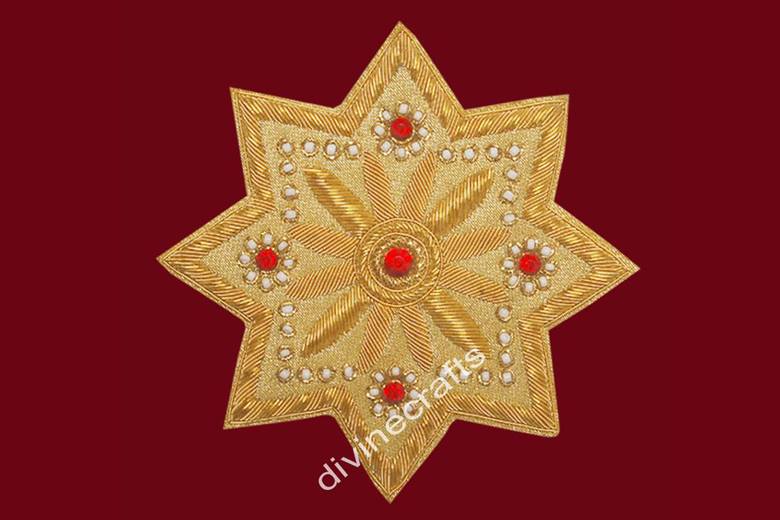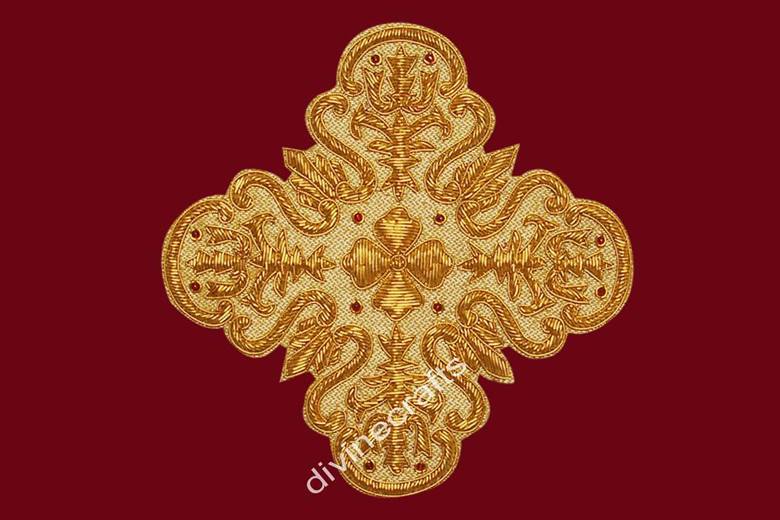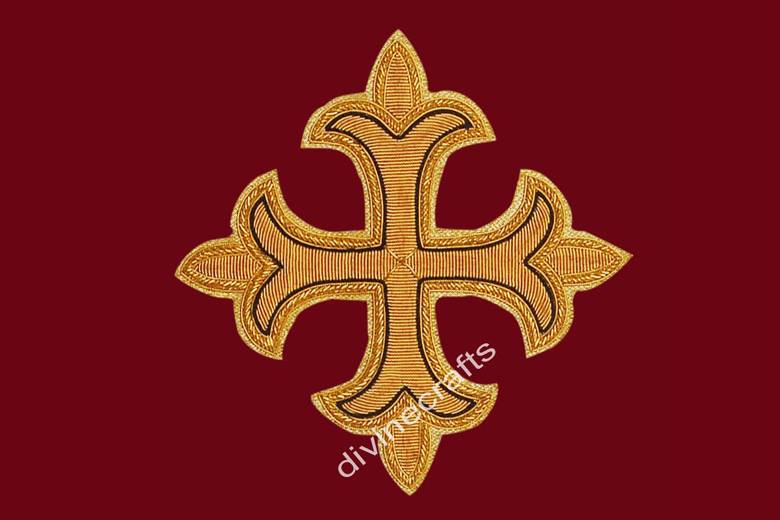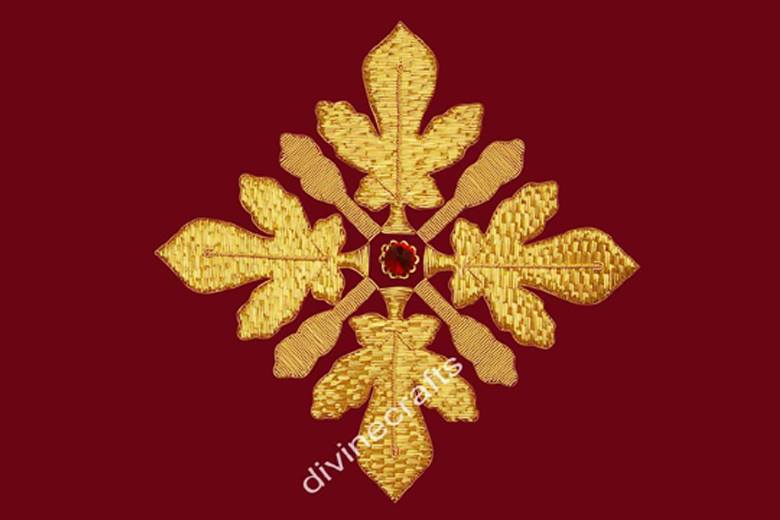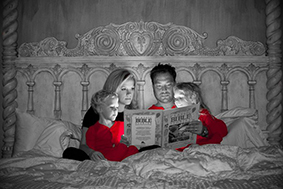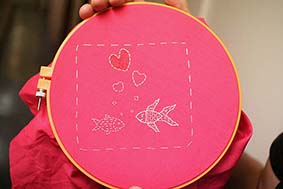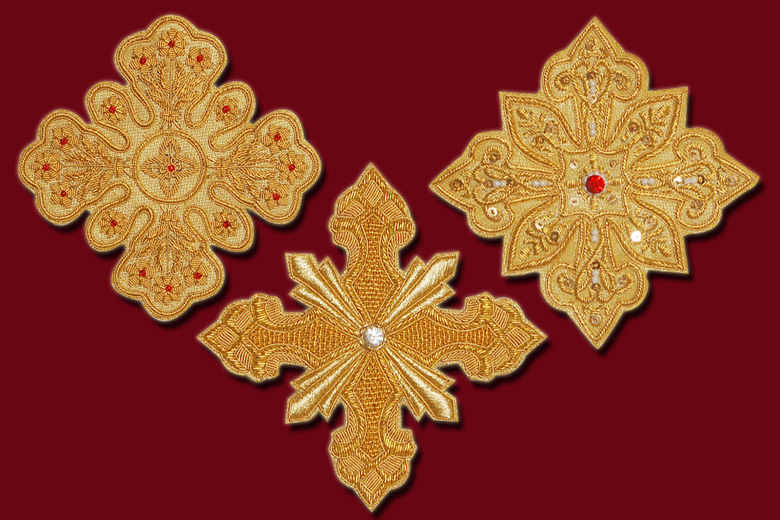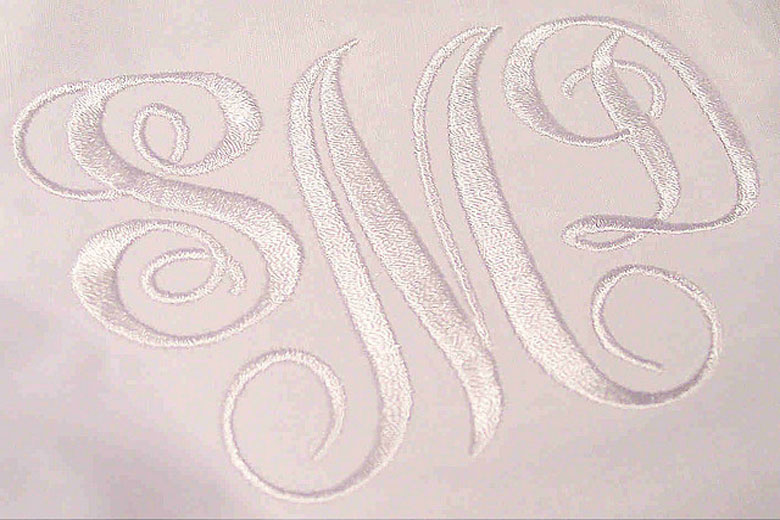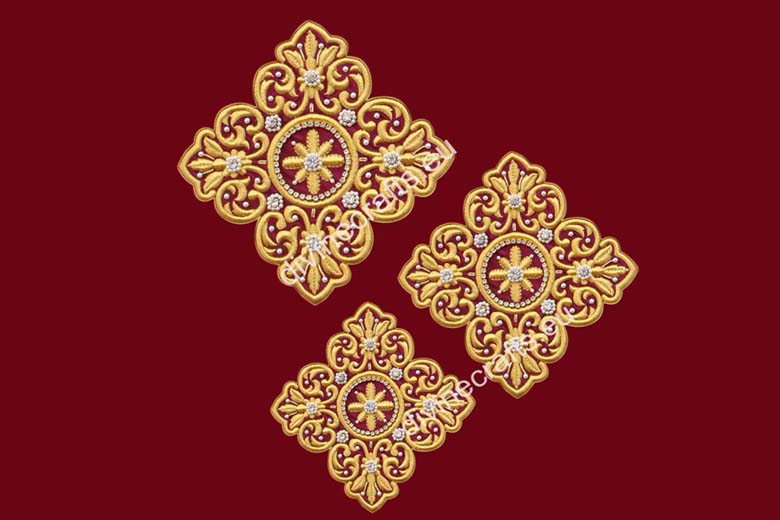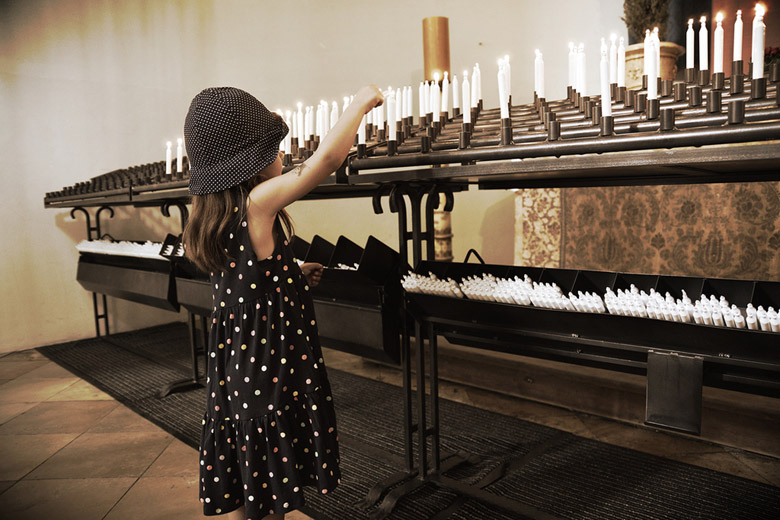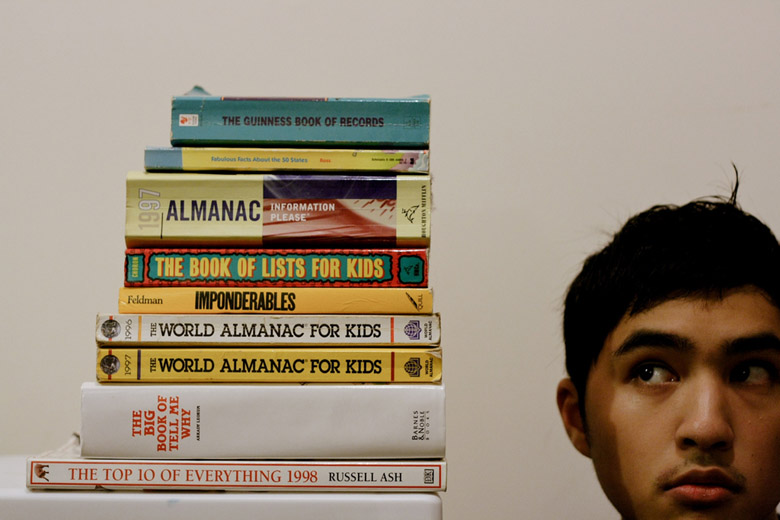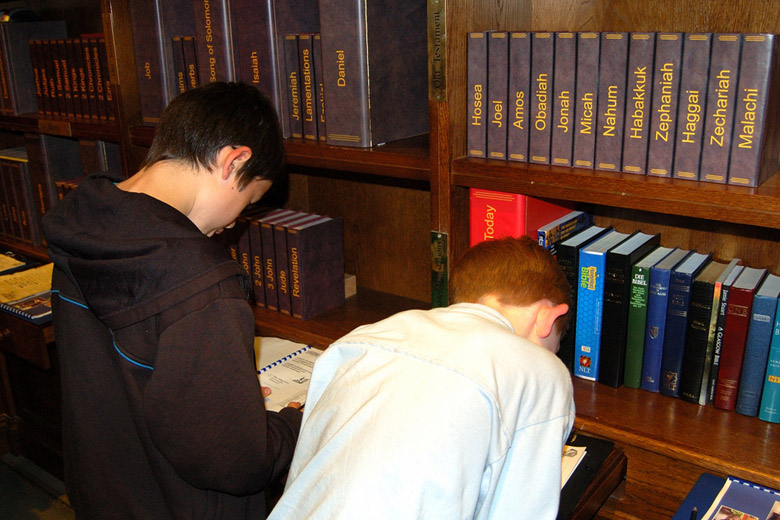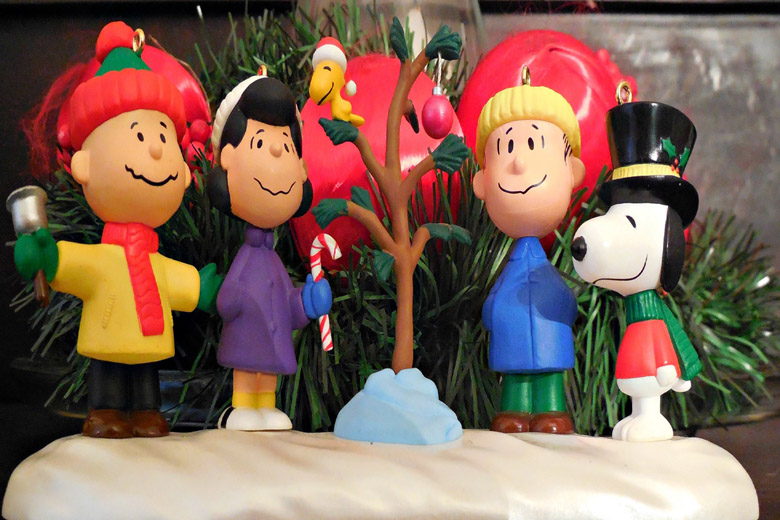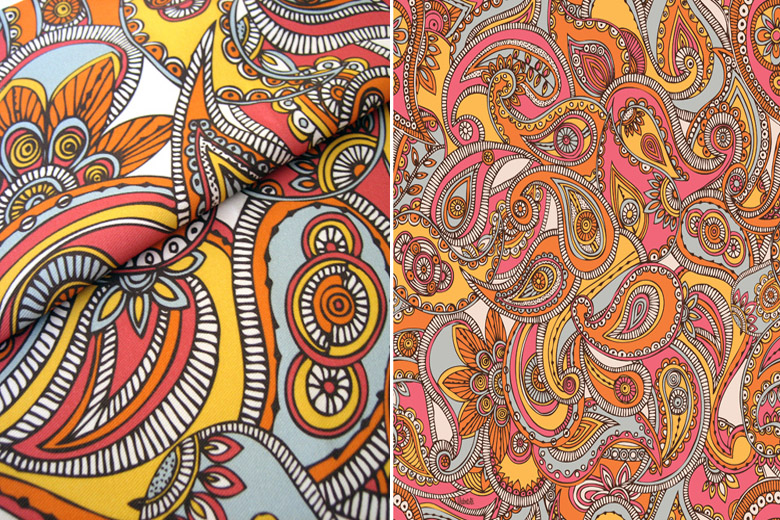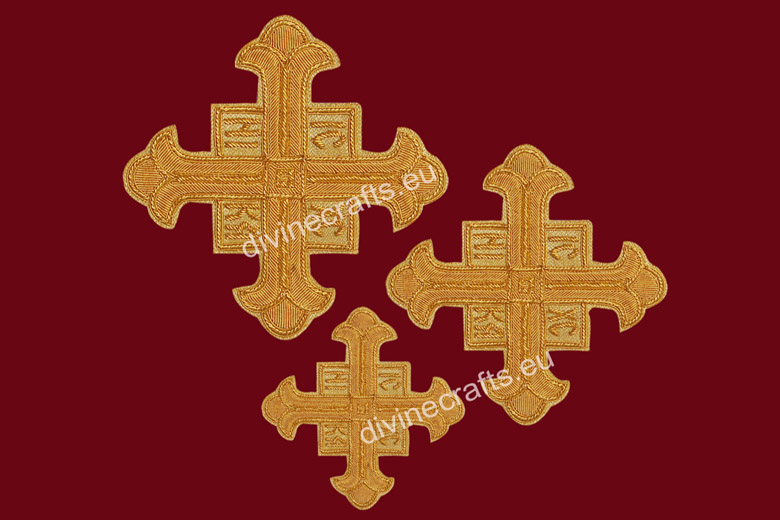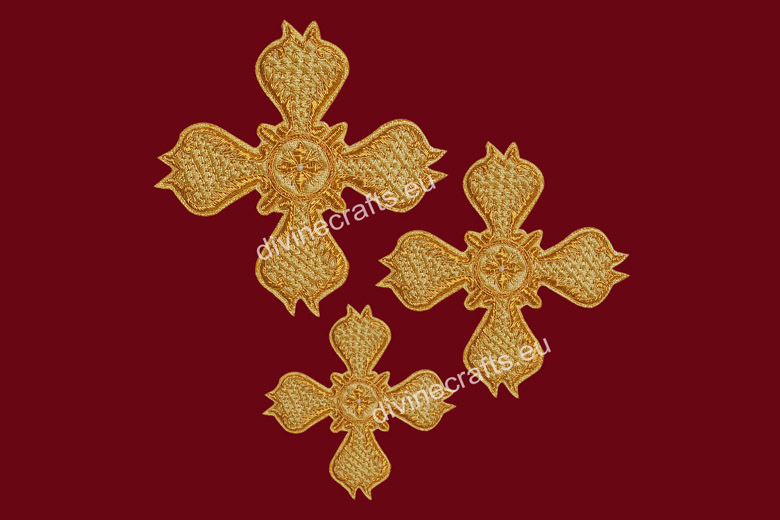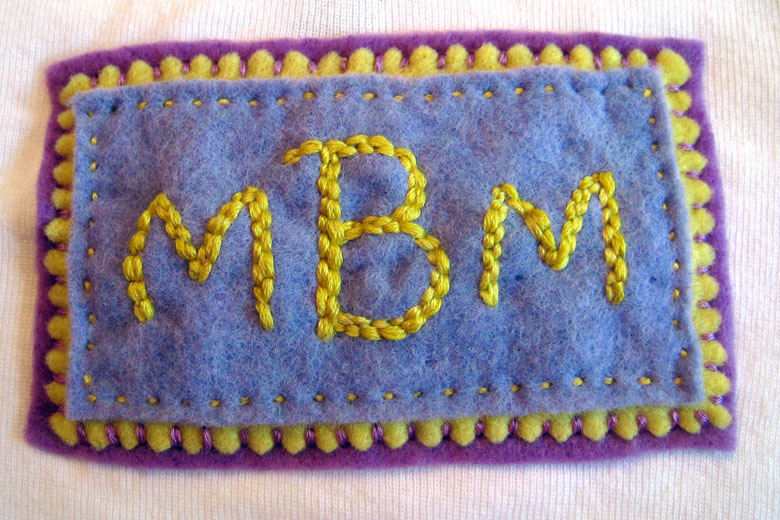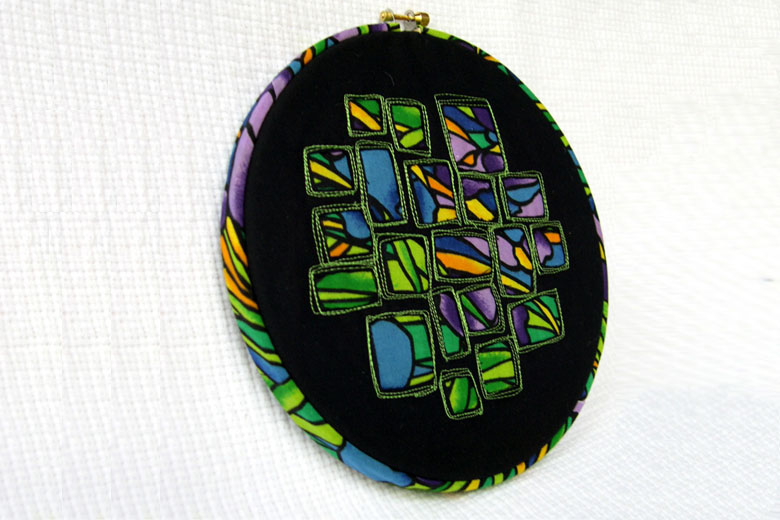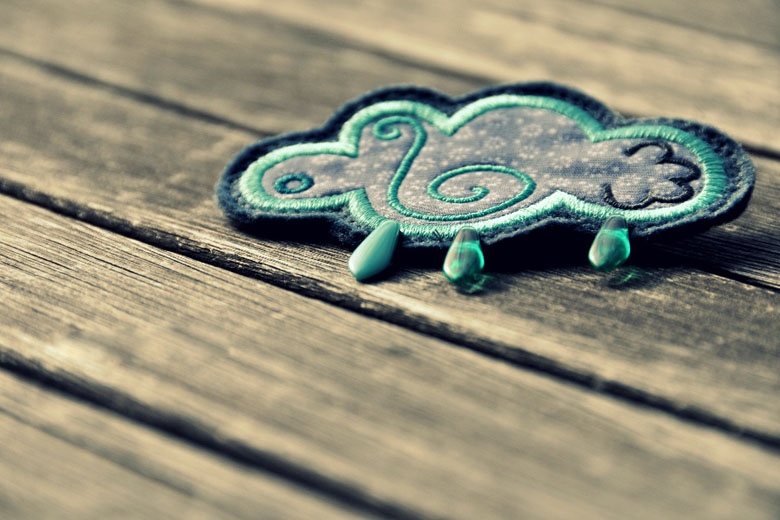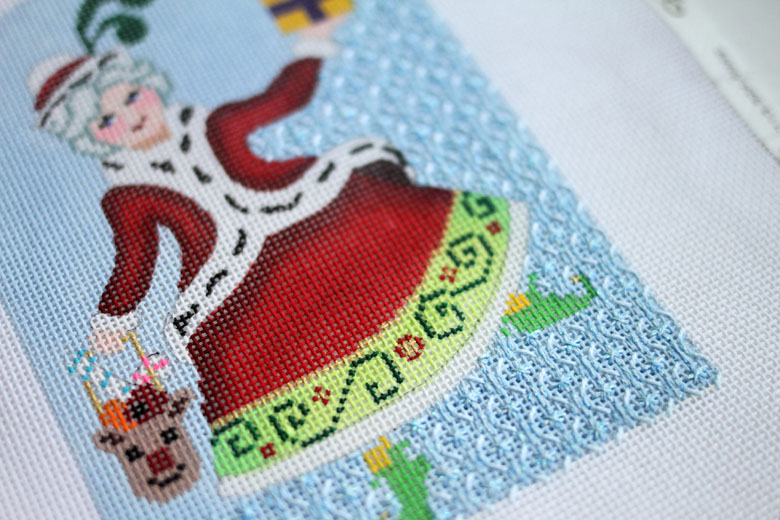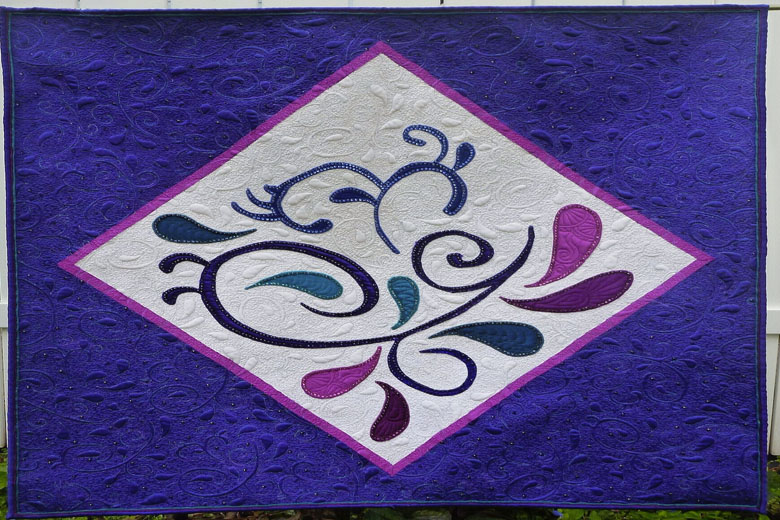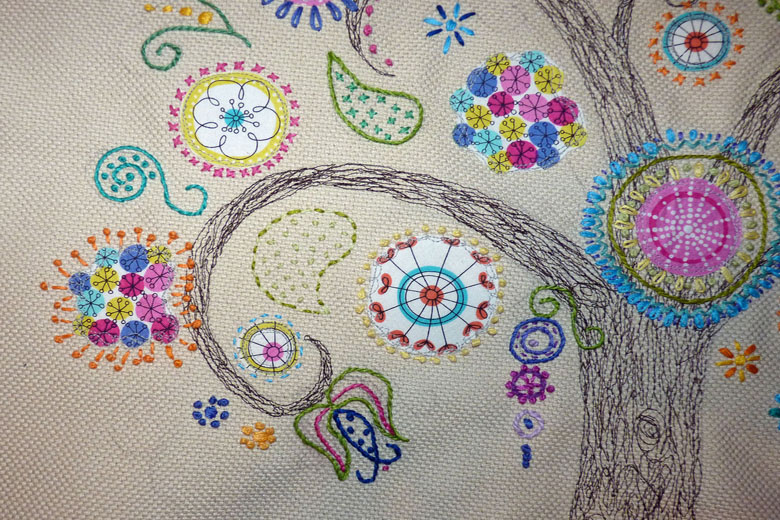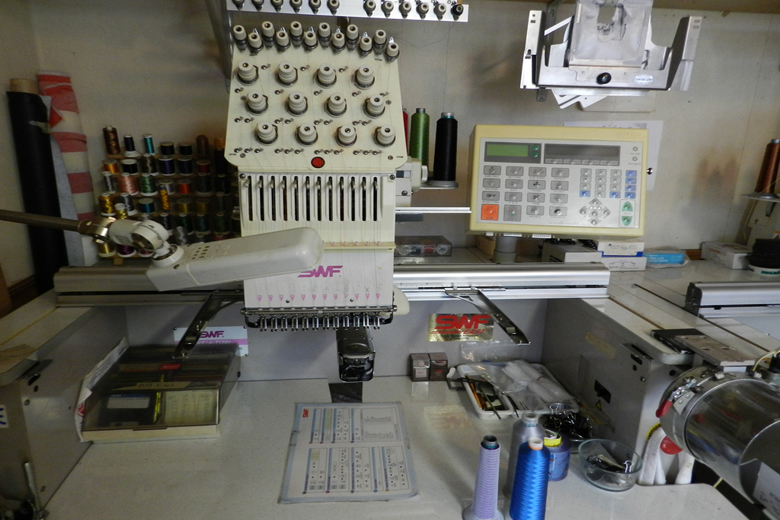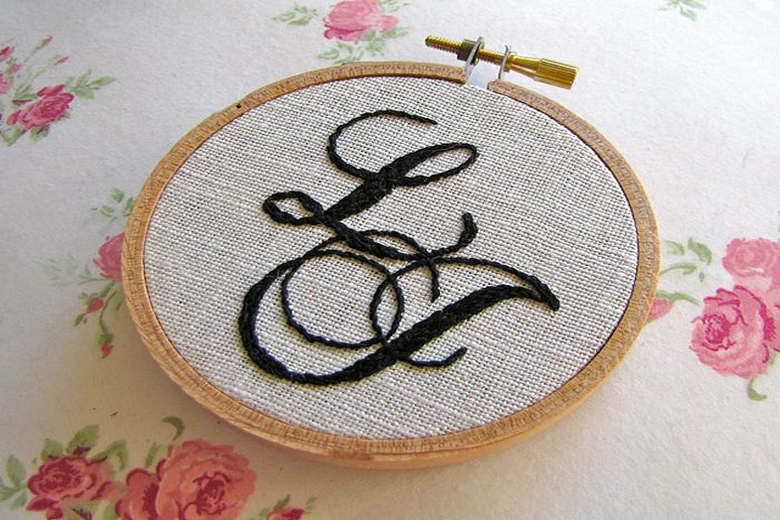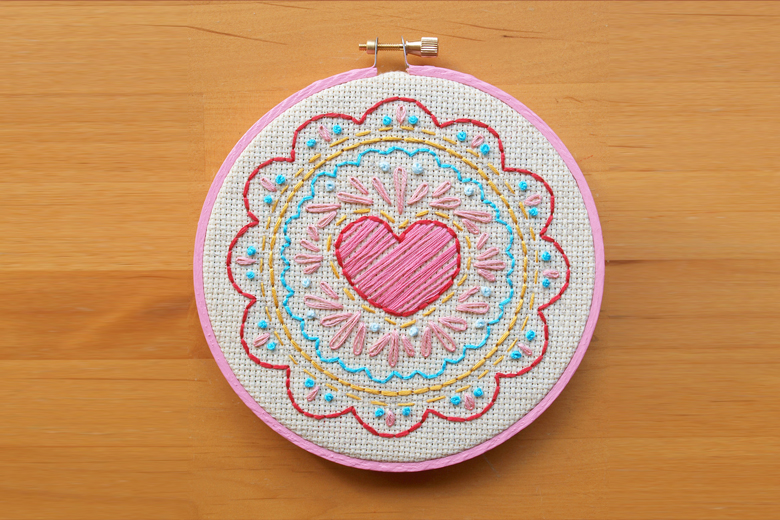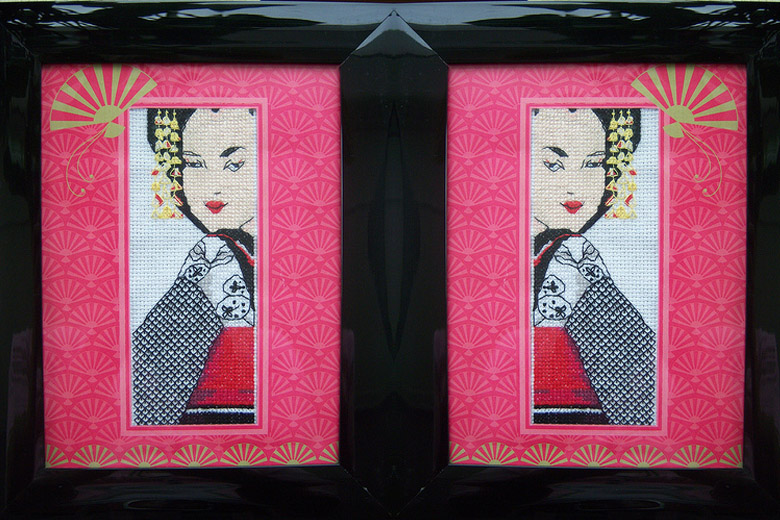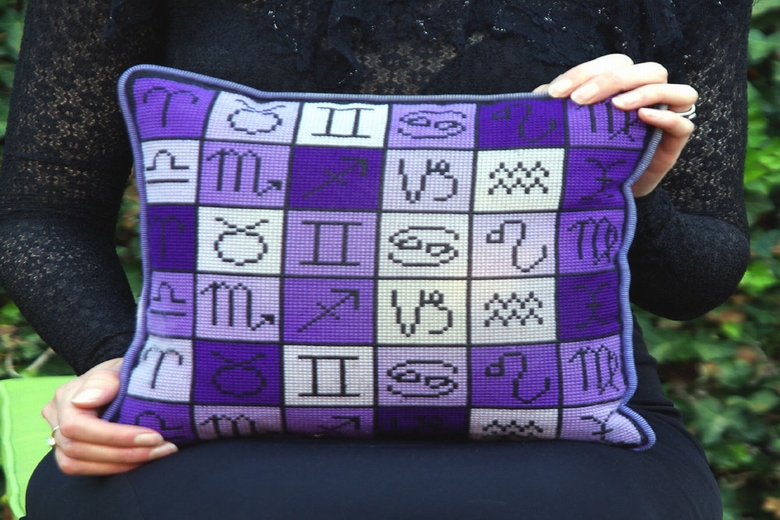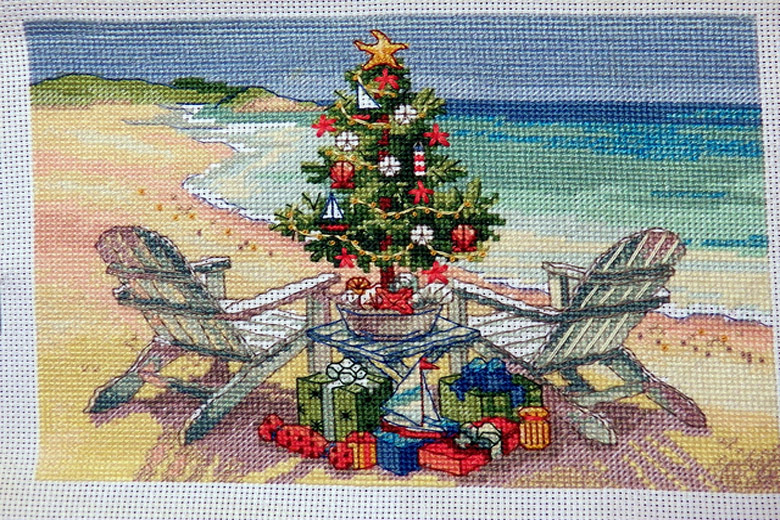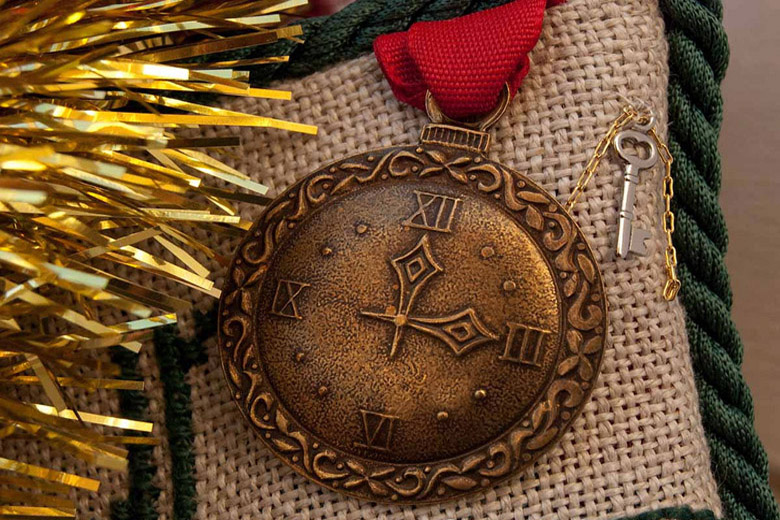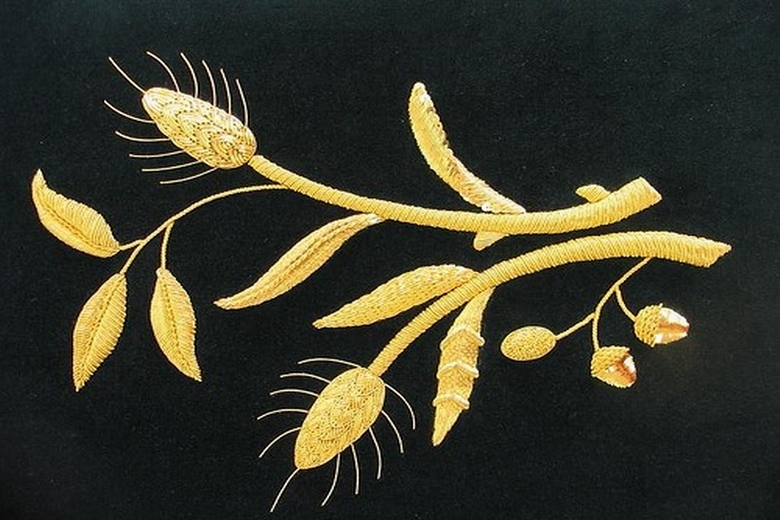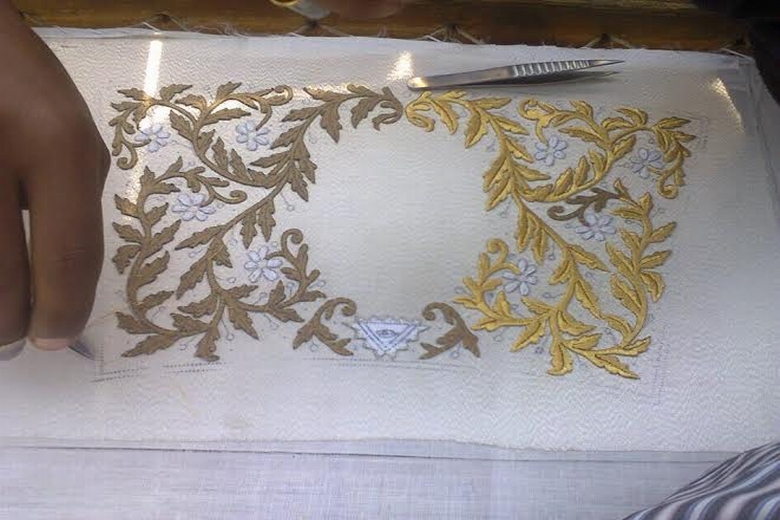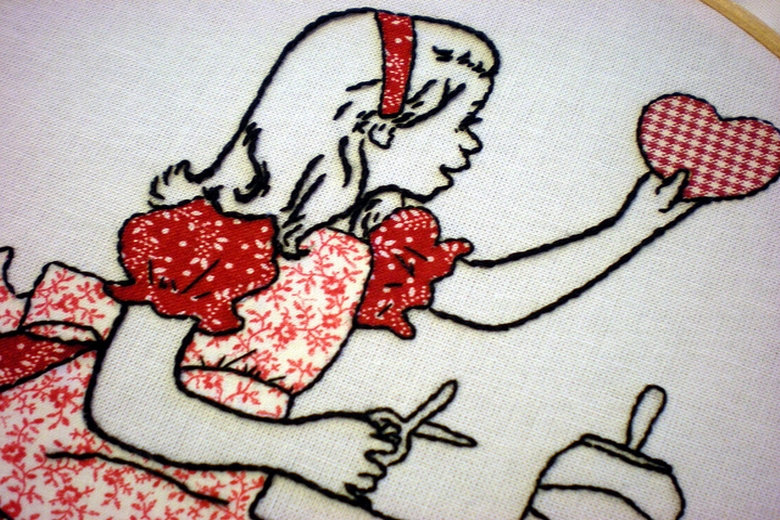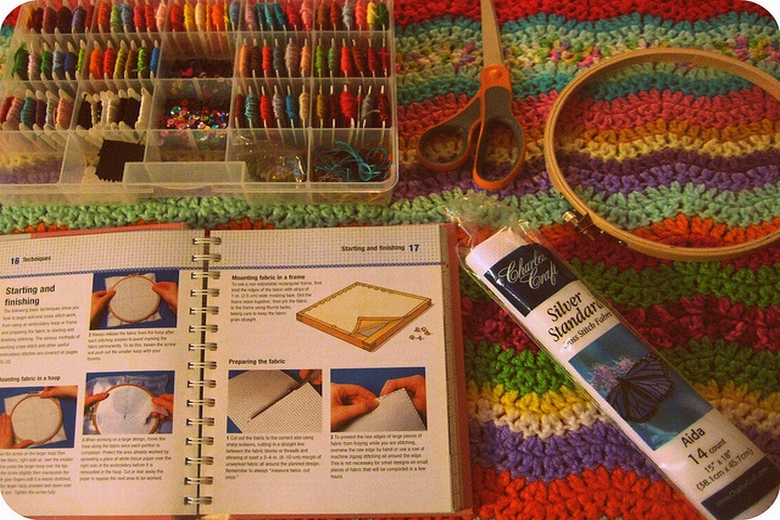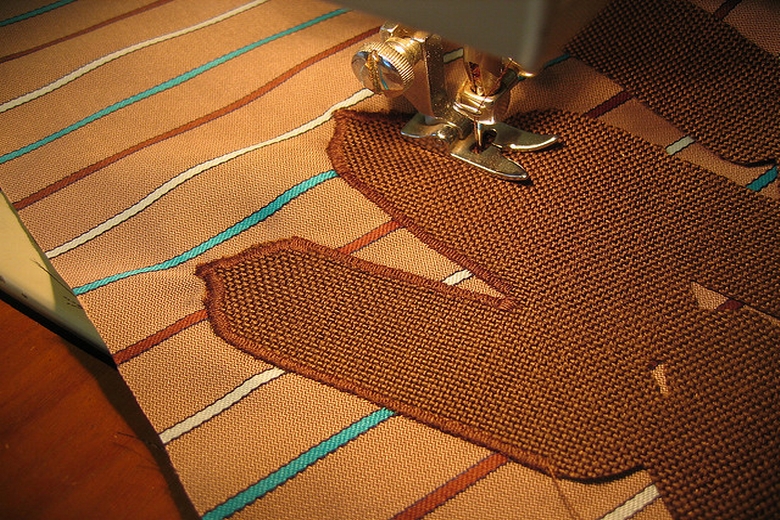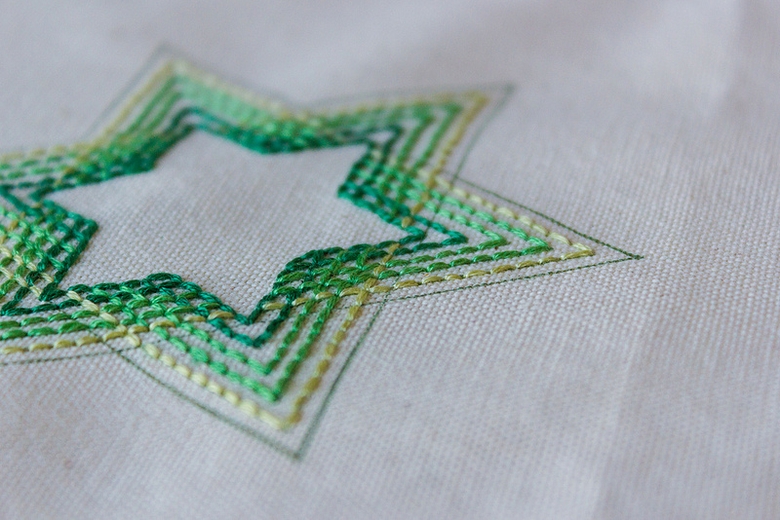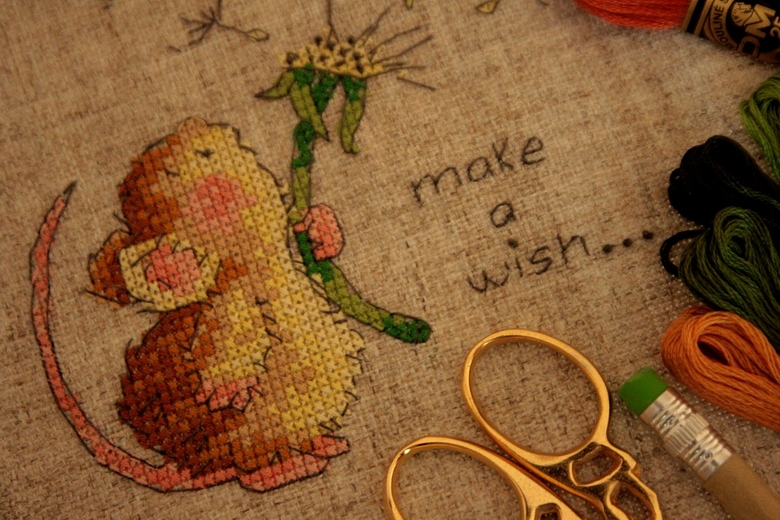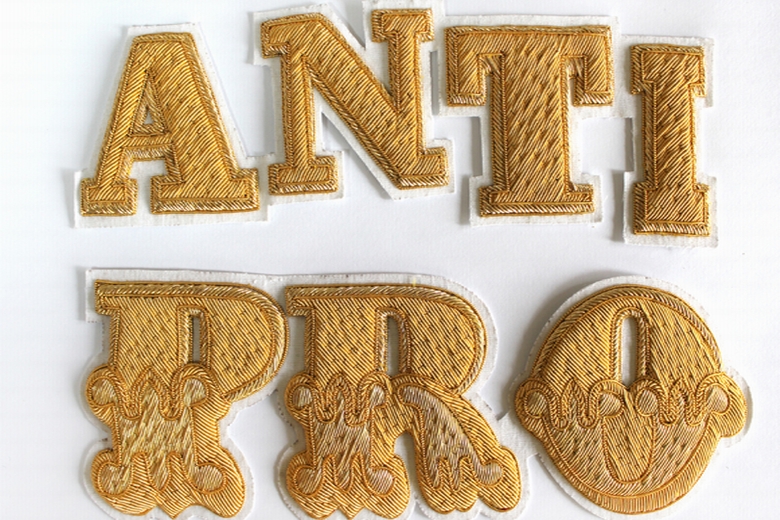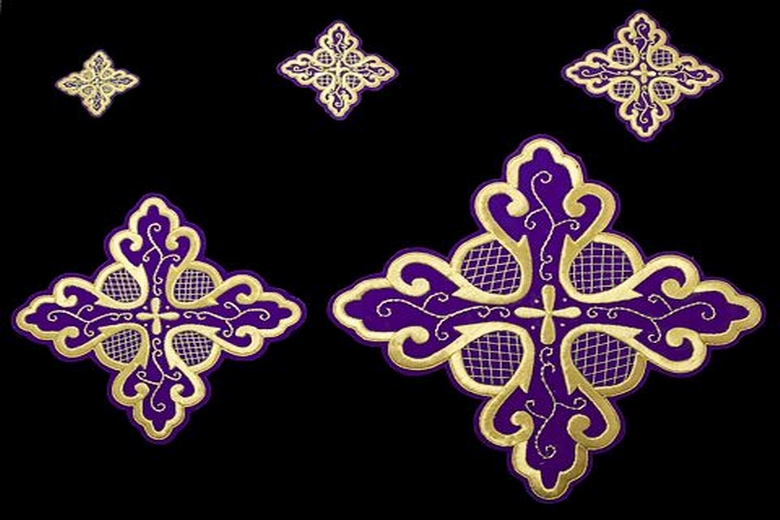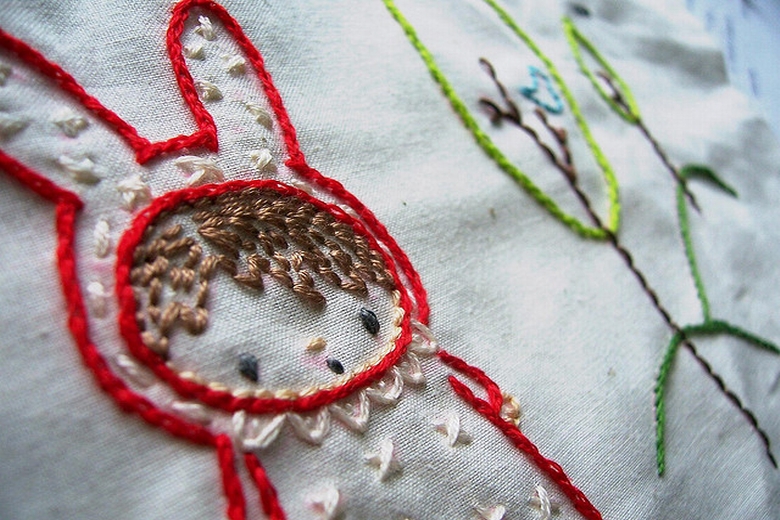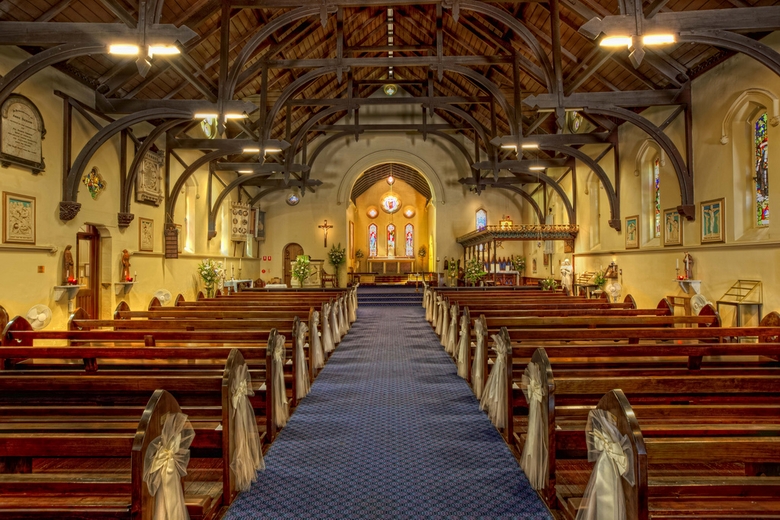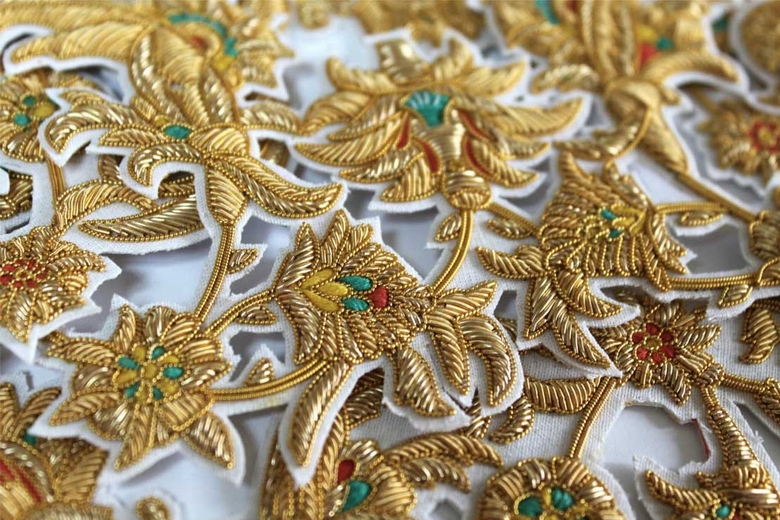
When it comes to embroidery, you need to make sure that every aspect of it comes together with such harmony that the design and its components stand out on the fabric showcasing your artistic abilities and aesthetic sense to the fullest. The tools and equipment needed for embroidery are quite simple but they play a vital role in the presentation in the end when you are finished with the design and coloring.
Thanks to machine embroidery, brightly colored and antique embroidered patches are now available in the market. These patches can be used to adorn all kinds of fabric in a number of different ways. For instance, you can simply stick them on with glue, sew them in place, use pins to keep them attached to the fabric or use an iron to press the patch onto the fabric.
Read More

Patches are of different kinds based on the backing that comes with each of them. Some patches can stick to the material while other patches are attached to the material with the help of pins or needle threads. Patches with no backing are usually the ones that need to be sewn on the cloth or material because these patches have no neat back of their own. The threads are open in the back where knots are made. This is why it is necessary to sew them in the material rather than use any other form of method to stick them to the material. It is because patches with no backing are usually hand embroidered ones; hence the threads in the back are not as neat as they are in the front. To conceal these open threads from the viewer these patches are sewn into the material using various kinds of stitch pattern like Satin stitches or split stitch etc. These kinds of stitches make the attachment look pretty and they complement the overall look of the design as well.
Read More
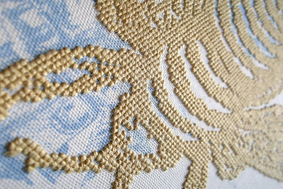
People who are beginners at cross stitching often have to decide between two types of kits: counted and stamped. Both patterns yield the same results. There are x-shaped neat stitches in each pattern and it all depends on the personal choice of the person.
To be able to create a pattern in counted cross stitch, the embroiderer would need a fabric with high thread count. The greater the number of stitches per square inch, the more intricate the details would be. Also, the embroiderer would have the choice to incorporate more colors in the design. Finally, there is a wider range of sizes in the counted cross-stitch patterns.
Read More
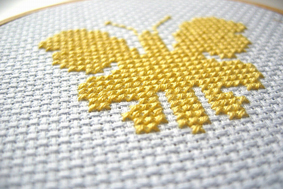
Cross stitch fabric is a special kind of fabric made specifically for people who want to try their hand on cross stitch work or other kinds of needle works and hand embroideries. These fabrics have a special kind of pattern in them that guides you through the process of cross-stitching. This pattern is not in the form of ink but in the forms of holes that are punched through the fabric in pre-set design proportions. These holes are for the needle to pass through. They not only make the process of cross stitch relatively easy but also make your work quite neat. This fabric is available in various sizes and shapes and the holes of are also available in various sizes to help you make different kind of bold or intricate designs.
Read More
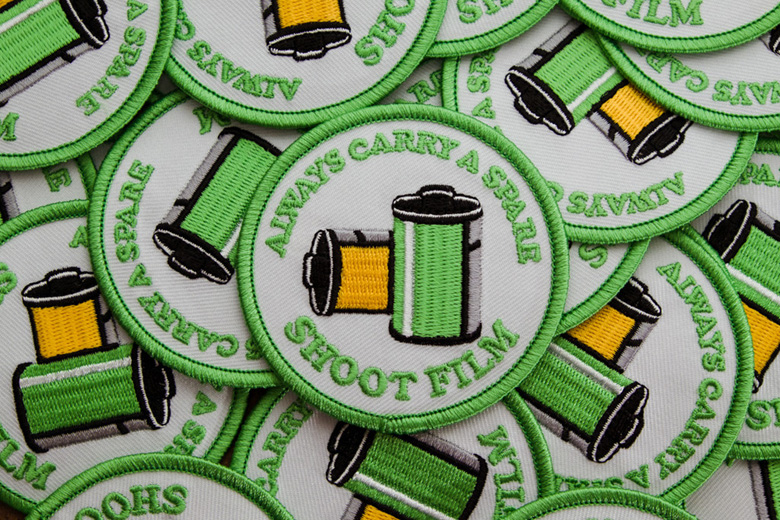
Iron-on patches are very handy as they easy to use almost all types of clothing materials. Initially, they were used to hide irremovable marks and cuts, but now these patches are also used to make the article more stylish. Travellers also use these patches to identify their bags. They are easily available from local and online stores. You can even order custom iron on patches from various online stores, but the order should be large enough otherwise the order will be not cost effective. You can also make custom iron patches at home without at professional assistance.
Read More







